Squirrels are known to eat fruits, nuts and have the habit of storing food during the winter, but recently scientists discovered that some California squirrels are evolving to become predators - they attack and eat field mice.
When we think of squirrels, we often picture adorable little creatures hopping from branch to branch, collecting nuts for the winter. But the truth is, squirrels are much more than harmless nut eaters. A new study has revealed a surprising side to them: California ground squirrels—known for their gentle nature—can be cold-blooded hunters, willing to hunt and eat other rodents, especially voles.
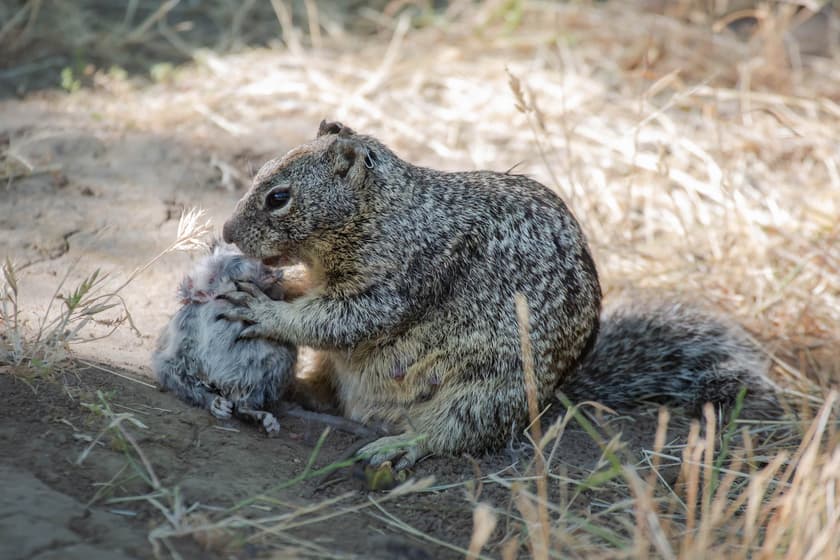
Research opens up a new perspective
Published in the Journal of Ethology, the study is the first to document widespread predation in California ground squirrels. The team spent more than 12 years tracking squirrel behavior at Briones Regional Park in Contra Costa County, California. This summer, the scientists recorded 74 interactions between ground squirrels and voles, with 42 percent of them involving active predation.
Ground squirrels have been observed to ambush their prey from bushes or chase them across open ground. When they attack, they aim straight for the prey’s neck, using their sharp teeth to finish it off, then shake the body vigorously before carrying it away to eat. This is an effective hunting strategy, with a success rate of up to 55% in 31 recorded hunting attempts.
“This is evidence that there is still much we don’t know about these seemingly familiar animals,” said study co-author Dr. Jennifer E. Smith, a biologist at the University of Wisconsin-Eau Claire. “Direct observation of natural history is the best way to uncover these secrets.”
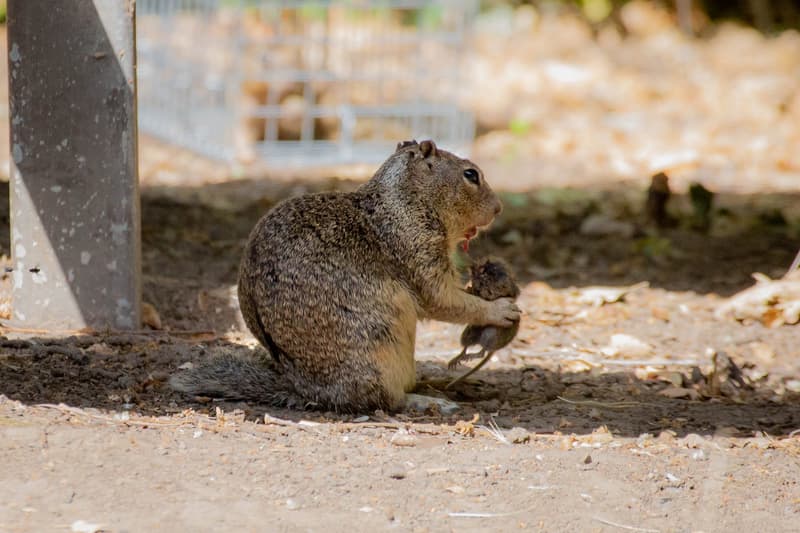
One factor driving the predation in California ground squirrels may have been an unusual surge in vole populations in the study area in early July. The iNaturalist ecological tracking app recorded the vole population explosion, creating an abundant and accessible food source for the squirrels.
“At first, I couldn’t believe my eyes when I saw this behavior,” said Sonja Wild, study co-author and postdoctoral researcher at the University of California, Davis. “But as we started looking more closely, we realized this phenomenon was happening more often than we thought.”
This raises the question: is squirrel hunting behavior driven by a need for survival or simply a response to an abundant resource?
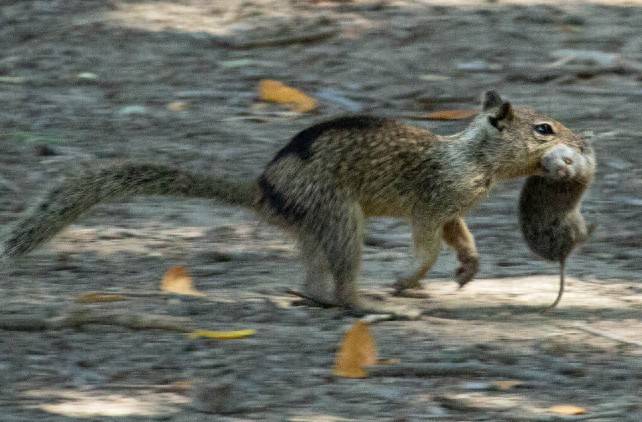
From seed hoarding to active hunting
The predatory behavior of California ground squirrels is not entirely new. Previous studies have documented some squirrels as opportunistic predators, such as when they find abandoned bird eggs or small animal carcasses. However, this study is the first to document active, strategic predatory behavior in squirrels.
When not hunting, ground squirrels are known to store seeds and nuts for the winter. But what makes them switch from a vegetarian diet to a meat-eater?
Climate change, habitat loss and human interference with nature may have driven this shift, scientists say. By expanding their diet, ground squirrels not only increase their chances of survival, but also demonstrate remarkable adaptability in an increasingly harsh environment.
How does this behavior affect the ecosystem?
The predation of California ground squirrels goes beyond changing their diet and can have major impacts on the ecosystems in which they live. Voles are an important part of the food chain, providing food for many other predators such as snakes, owls, and weasels. If the vole population declines due to squirrel predation, it could upset the ecological balance in the area.
Conversely, squirrel hunting behavior can also help control vole populations, especially during times when they grow too rapidly, causing harm to ecosystems or crops.
However, many questions remain unanswered. Is this behavior unique to the California ground squirrel or is it also found in other squirrel species around the world ? Is this behavior passed down through generations or is it the result of current environmental pressures?
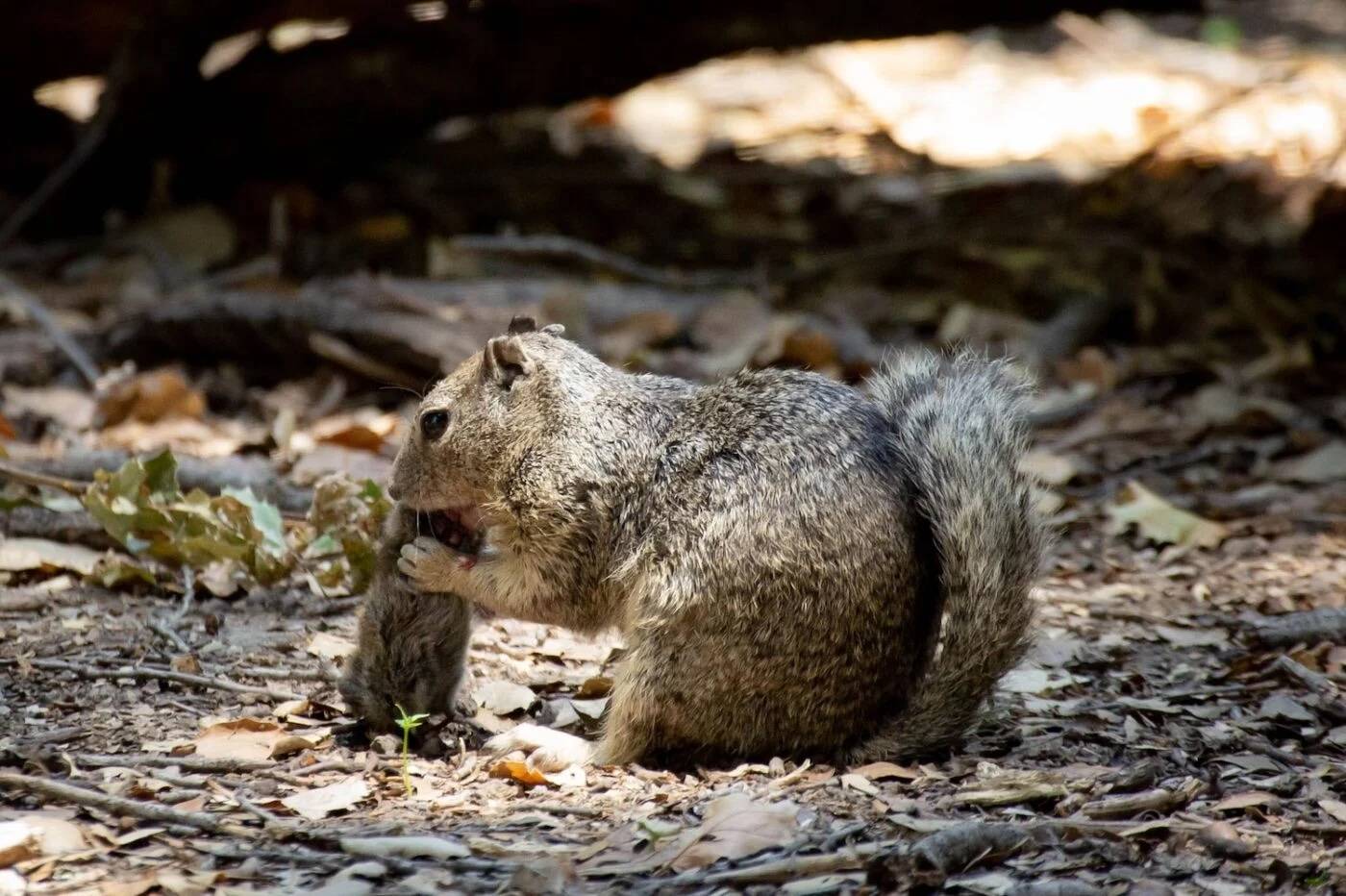
In the natural world, animals that adapt are often the ones that survive. Raccoons, coyotes, and spotted hyenas have all been known to change their hunting strategies to adapt to human-caused changes.
The California ground squirrel, with its transition from seed-eater to hunter, is a prime example of the versatility of wildlife. “It’s amazing to realize that even the most familiar animals can surprise us,” says Dr. Smith.
Future research potential
Research into the predation behavior of California ground squirrels is just beginning. The team hopes to continue monitoring to answer questions about the spread of this behavior in the population, as well as its impact on the broader ecosystem.
“Every new observation offers an opportunity to better understand the natural world around us,” said co-author Sonja Wild. “And sometimes it’s the little things like squirrel behavior that can open up big insights into how wildlife survive.”
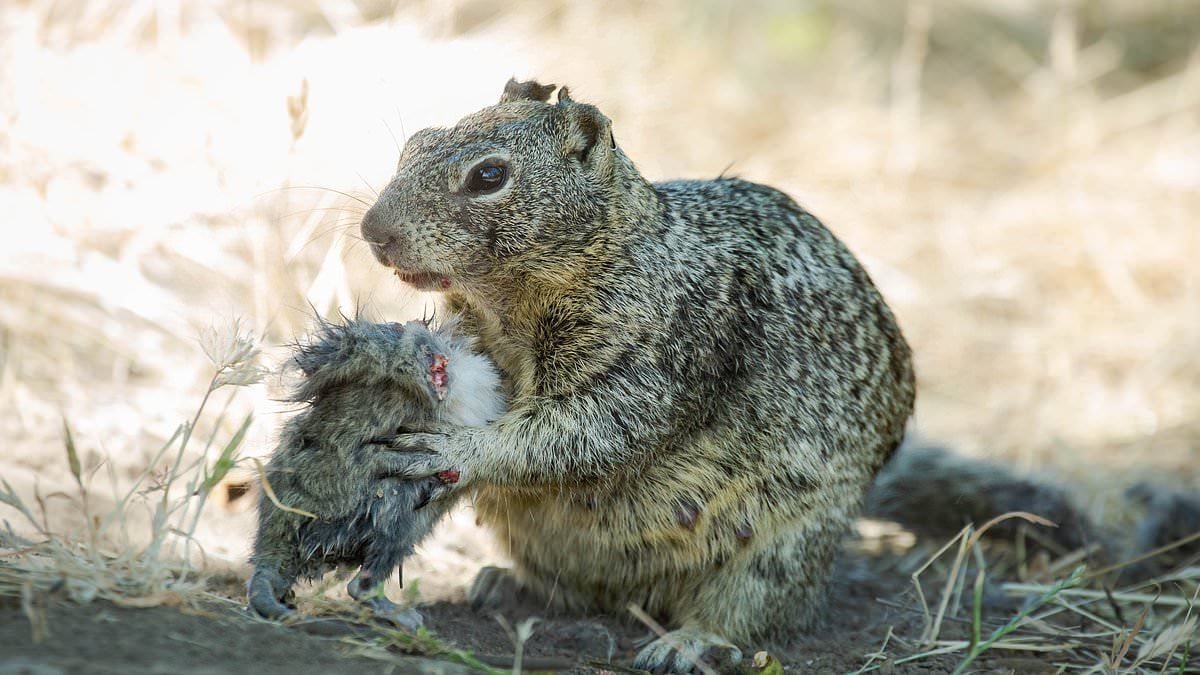
Research on California ground squirrels has changed the way we see these animals. From their cute, harmless image, they have been revealed to be creatures with incredible hunting strategies and adaptations. This not only reminds us of the complexity of nature, but also affirms that there are still many secrets waiting to be discovered in the animal kingdom.
As Dr. Smith concludes: “Nature is always surprising us, and that makes our work more exciting every day.”
Source: https://giadinh.suckhoedoisong.vn/bi-an-ve-loai-soc-california-chung-dang-tien-hoa-de-tro-thanh-dong-vat-an-thit-172241224072651445.htm


































































































Comment (0)